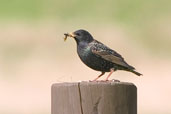
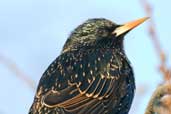

Photos 2, 3 and 4 were taken in December when the plumage is fresh after moulting and shows the V-shaped spots.
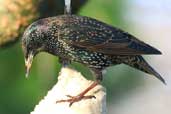
The fifth photo was taken in September and shows a juvenile moving into 1st winter plumage.
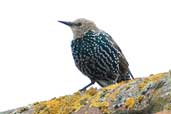
The Starling has a wide variety of songs and calls and is an excellent mimic of other birds as well as frogs, cats and other animals.
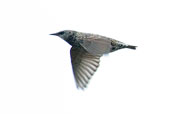
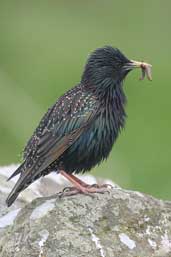
There is a discussion about "Shetland Starling" in McGowan, R.Y., Clugston, D.L. & Forrester, R.W. 2003. Scotland's endemic subspecies. Scot. Birds 24: 18-35.
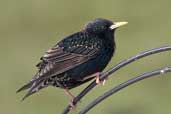
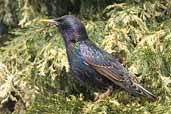
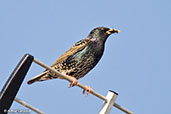
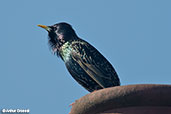
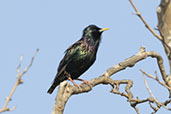
| Previous Page | Back to Index | Next Page |